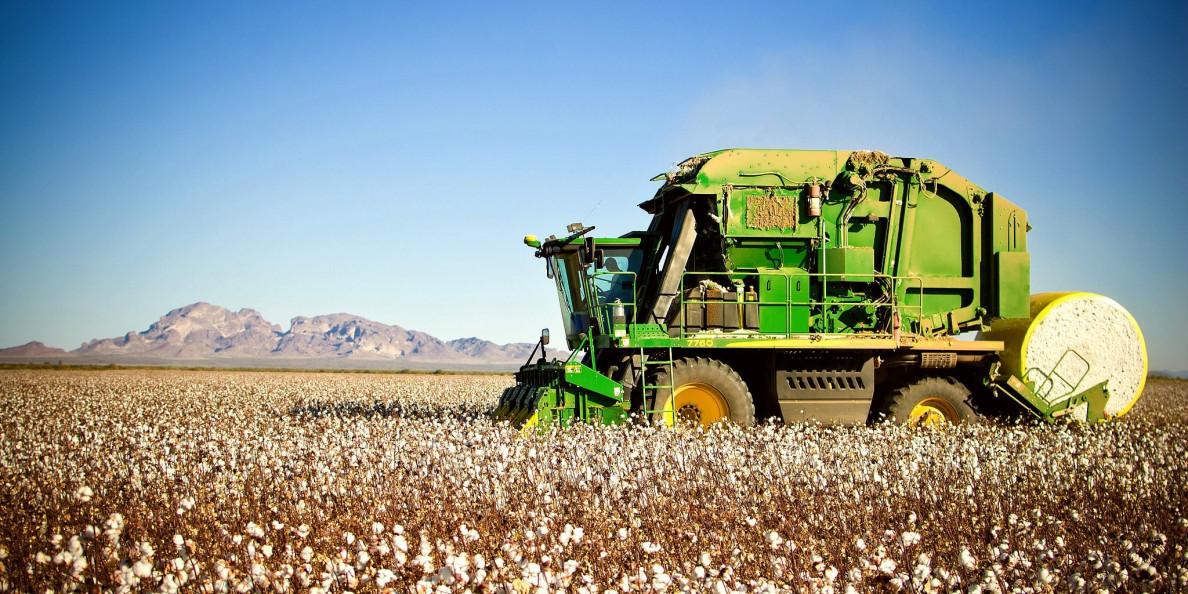Be ready to implement a pricing strategy
There are so many questions remaining about the 2017 crop that it seems a bit crazy to be talking about next year. But for planning purposes, it’s never too early to be looking ahead. And the likely outcome for the 2017 crop will have a lot of influence — mostly bearish — on the price outlook for next year’s crop.
The supply and demand picture for the current U.S. crop is getting heavy-looking, and I think it will stay that way. The USDA has been raising its projection of U.S. production in keeping with good-looking crops all over the U.S., and reportedly record-setting crops in the early-harvested regions of South Texas.
True, the official estimates so far don’t appear to have included hurricane losses in Texas or Georgia. The Extension folks in Georgia estimate a 10 percent loss on what was a 2.9 million bale crop. The upper Texas Gulf Coast may have had 200,000 bales worth of unharvested cotton that was lost, and perhaps an equal amount that was degraded, but still left harvestable. In addition, the Texas losses will include some post-harvest damage to modules.
WINTER PRICE WEAKENING
When all that is accounted for — and it may take months to do so — it could still leave 21 million bales of U.S. production. That implies at least 5.5 million bales of carryover into the supply for the 2018 crop. With our foreign export competitors looking at strong production, U.S. prices could weaken a lot over the winter.
What does this possibility imply for next year? Several bad things would result if ICE cotton futures fall to, or below, 60 cents this winter. First, the base price for 2018 crop insurance policies will be set by settlements of the Dec’18 contract at an unhelpfully low level. This might contribute to a reduction in acreage, except wheat and feedgrain prices are not very viable alternatives.
History suggests that when corn futures prices are this low in relation to cotton futures, the result is an average level of cotton planted around 12 million acres. Even some slippage of Mid-South and Southeast acres to soybeans would still leave enough planted acres to result in an average size crop, weather permitting.
The weather in 2018 is a major consideration, as it always is. NOAA is currently forecasting a chance for La Niña conditions between November and May, which suggests drier than normal weather.
WEATHER RESPONSE
Texas growers historically respond to pre-plant dryness by planting more cotton. The hundreds of thousands of extra acres planted in Texas under dry conditions could replace former cotton acres in the Mid-South or Southeast.
Even with a lower average U.S. yield and higher abandonment, planting 12 million acres could produce a 16 million bale crop, which would create a very healthy supply and maintain ending stocks high enough to limit a strong recovery in prices.
What can be done about this situation? First, go into it with your eyes wide open, knowing the expected per unit costs of production that you must cover if you are going to plant cotton. Second, consider the risk of hanging on to unsold 2017 bales. Third, consider pricing or hedging 2018 cotton earlier than normal, before a potential midwinter price decline.
For example, during the last few days of September it was possible to buy a put spread on Dec’18 ICE cotton for 2.5 cents a pound that protected against the risk of Dec’18 falling from 67 to 60 cents. Such a position held into early 2018 represents insurance against a decline in the base price of 2018 crop insurance policies. The premiums for this insurance might become even more affordable during brief rallies this fall.
In other words, act quickly to implement a strategy like this if there is a rally in the futures market. Another obvious prerequisite for a strategy like this is establishing the necessary brokerage relationships and accounts, not to mention pre-planning the orders. It will be too late to do this when the market is briefly 2 cents higher after a surprising WASDE release. And it will likewise be too late if the market is 10 cents lower in the winter.


